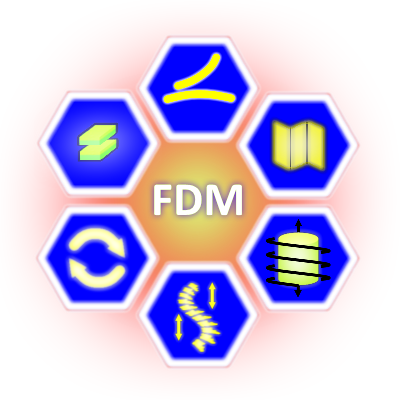
FDM Distortions / Alterations
FDM focuses 6 different types of distortions/alterations to the body’s connective tissues.

Continuum Distortions
Continuum Distortions occur when the transition zone has lost between ligaments, tendon or other tissue and bone their ability to respond to external forces. These distortions typically occur at attachment sites and are clinically responsible for the creation of bone spurs if untreated.
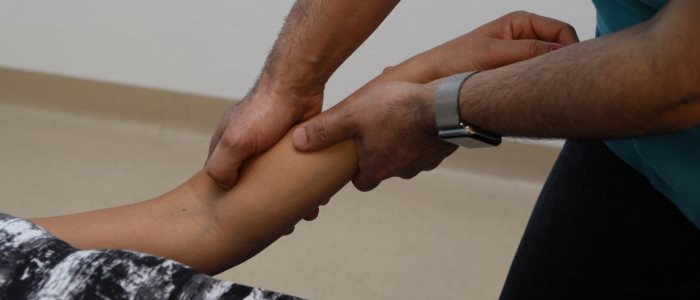
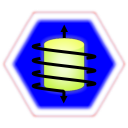
Cylinder Distortions
Cylinder Distortions are tangled coils of circular fascia. These superficial layers of fascia become distorted when traction and compression forces are combined with a twisting or rotational force.
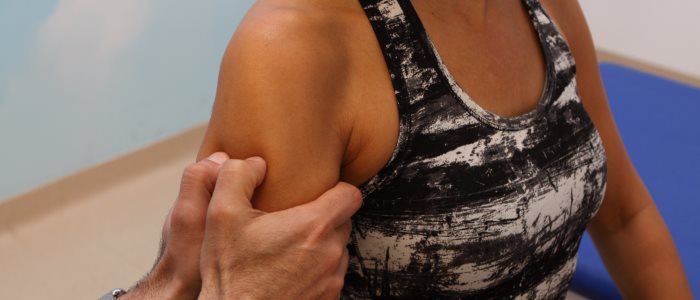

Folding Distortions
Folding Distortions manifest when fascia in or around a joint becomes distorted. These distortions are usually brought on by either traction or compression forces (a severe pushing or pulling mechanism of injury). Folding Distortion injuries lessen the fascia’s ability to protect itself against these pushing or pulling forces.
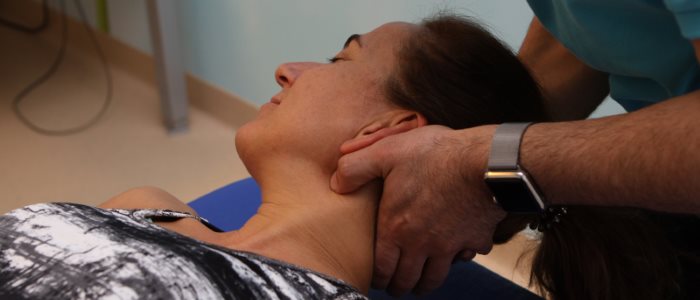
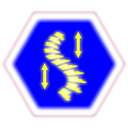
Herniated Triggerpoints
Herniated Triggerpoints or HTP’s, are injuries where tissues that normally lay underneath a fascial layer have breached their surrounding. These distortions typically will bulge through their adjacent fascial plane and create localized pain that can radiate throughout a region of the body.
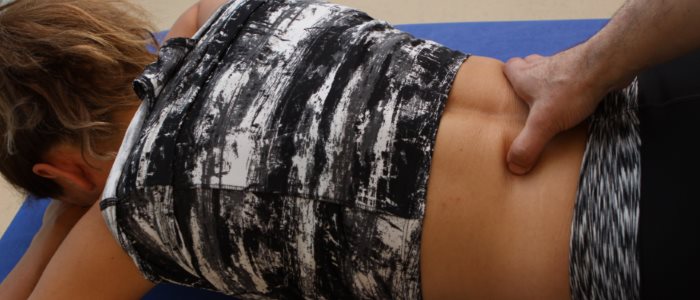

Triggerbands
Triggerbands are twisted bands of fibers that run along a linear pathway. These distortions are like seams that have become separated, torn, twisted, wrinkled or sprained.
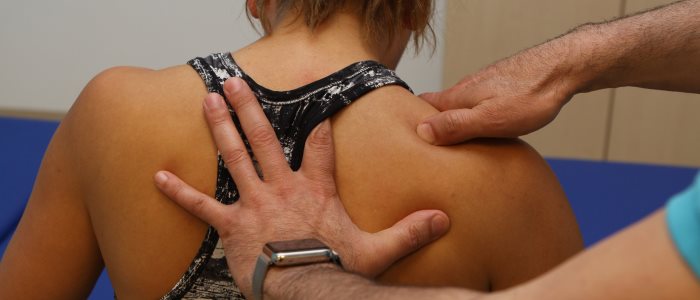

Tectonic Fixations
A Tectonic Fixation is defined as a physiological alteration where the fascial surfaces have lost their ability to glide. These are most common in jointed areas that have become fixated, or stiff and typically are accompanied by a marked loss of range of motion.



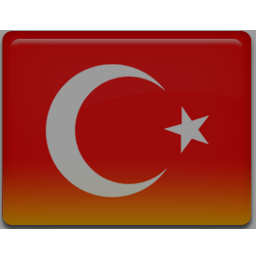



 physio.eryilmazgmail.com
physio.eryilmazgmail.com